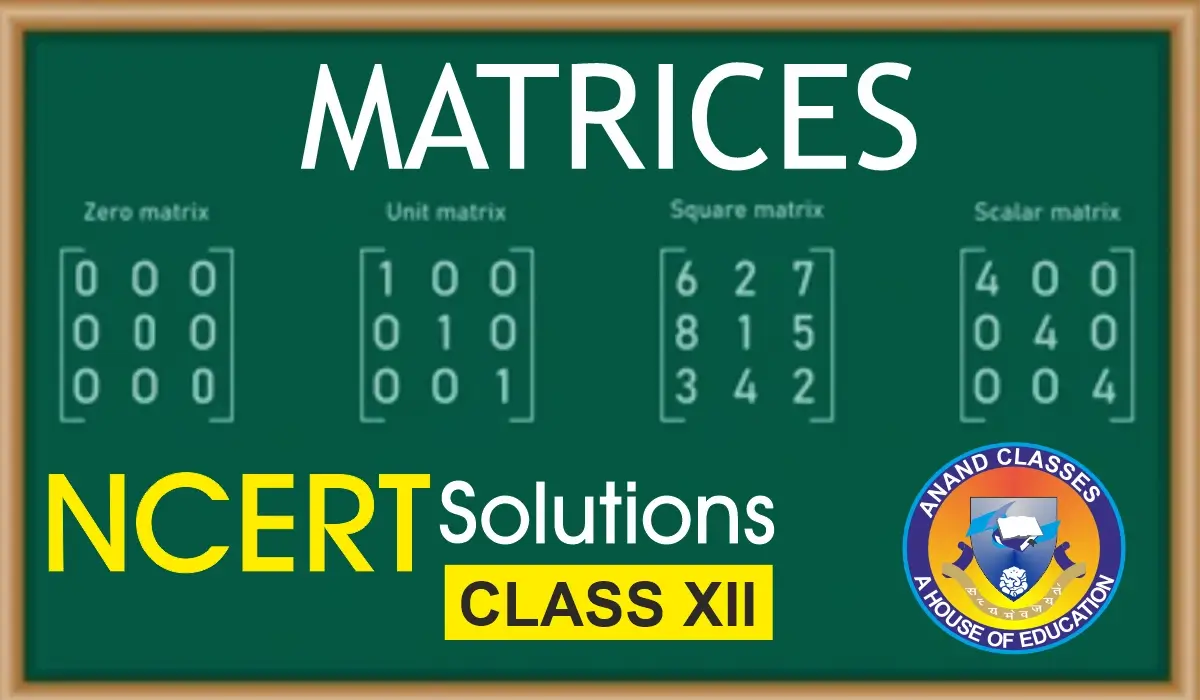Anand Classes explains the size of a negative ion (anion) is always larger than that of its corresponding neutral atom. This is because an anion is formed when a neutral atom gains one or more electrons, increasing the total number of electrons while the nuclear charge remains the same. The added electrons increase electron–electron repulsion and reduce the effective nuclear pull on each electron. As a result, the electron cloud expands, making the anion significantly larger than the parent atom. For example, chlorine (Cl) has an atomic radius of 99 pm, whereas the chloride ion (Cl⁻) swells to 181 pm.
Why Anions Are Larger Than Their Parent Atoms
A negative ion (anion) is always larger than the neutral atom from which it is formed. This difference in size arises from the fundamental balance between nuclear attraction and electron–electron repulsion inside the atom.
Step-1 : Formation of an Anion
An anion forms when a neutral atom gains one or more electrons: $$\text{Atom} + e^- \; \longrightarrow \; \text{Anion}$$
When this happens:
- The number of protons (nuclear charge) stays the same.
- The number of electrons increases.
This creates a situation where the same positive charge is now responsible for holding more negatively charged electrons.
Step-2. Changes in Forces Inside the Atom
(a) Decrease in Effective Nuclear Charge (Zeff)
The effective nuclear charge per electron is the net positive pull each electron feels from the nucleus after accounting for repulsion from other electrons.
- In a neutral atom, each electron experiences a certain Zeff.
- When electrons are added (forming an anion), the same nuclear charge is distributed over more electrons, so Zeff per electron decreases.
- This weaker pull means electrons are held less tightly, allowing the electron cloud to expand.
(b) Increase in Electron–Electron Repulsion
Electrons are negatively charged and naturally repel each other.
- Adding extra electrons increases repulsion within the electron cloud.
- This repulsion pushes electrons farther apart, further increasing the radius of the ion.
Example – Chlorine to Chloride Ion (Cl → Cl–)
When a chlorine atom gains one electron: $$\text{Cl} \; (17e^-, +17p) \; + \; e^- \; \longrightarrow \; \text{Cl}^- \; (18e^-, +17p)$$
| Property | Cl (Atom) | Cl– (Anion) |
|---|---|---|
| Electrons | 17 | 18 |
| Nuclear Charge | +17 | +17 |
| Size (pm) | 99 | 181 |
Observation:
- Nuclear charge: unchanged at +17
- Electron count: increases from 17 to 18
- Size: increases from 99 pm to 181 pm
The result: The same nuclear charge acts on a larger number of electrons, reducing the nucleus’ grip and increasing ionic radius.
Covalent and Ionic Radii of Some Atoms and Anions
| Element | Covalent Radius (pm) | Anion | Ionic Radius (pm) |
|---|---|---|---|
| Cl | 99 | Cl⁻ | 181 |
| Br | 114 | Br⁻ | 196 |
| I | 133 | I⁻ | 220 |
| O | 74 | O²⁻ | 142 |
| N | 75 | N³⁻ | 171 |
Conclusion:
Anions always have a larger radius than their parent atoms because:
- Effective nuclear charge per electron decreases
- Electron–electron repulsion increases
- Electron cloud expands
FAQs – Why Anions Are Larger Than Corresponding Atoms (Detailed Answers)
Q1. Why is a negative ion (anion) larger than its corresponding neutral atom?
When an atom gains one or more electrons to form an anion, the number of protons (positive charges) in the nucleus stays the same, but the number of electrons increases. The nucleus now has to attract more electrons without any increase in its pulling power (nuclear charge).
Moreover, the newly added electron(s) increase electron-electron repulsion inside the atom. This repulsion forces electrons to spread out more, causing the electron cloud to expand. As a result, the radius of the anion is larger than that of its parent atom.
Q2. Does nuclear charge change when an atom becomes an anion?
No. The nuclear charge is determined by the number of protons in the nucleus, and this does not change during the formation of an anion. For example, in chlorine (Cl) and chloride ion (Cl⁻), both have 17 protons, so the nuclear charge is +17 in both cases.
What changes is the effective nuclear charge per electron — because there are more electrons sharing the same nuclear attraction, each electron experiences a weaker pull, allowing the electron cloud to expand.
Q3. What role does effective nuclear charge play in the size of an anion?
The effective nuclear charge (Zeff) is the net positive charge experienced by an electron after accounting for shielding effects caused by other electrons.
- In a neutral atom, Zeff is relatively higher because there are fewer electrons to shield each other.
- In an anion, the number of electrons increases while the nuclear charge remains constant.
This extra shielding reduces Zeff per electron, which means the nucleus cannot pull the electron cloud as tightly, resulting in a bigger ionic radius.
Q4. Can you give an example of size increase from atom to anion?
Yes. Consider chlorine (Cl):
- Cl atom: 17 electrons, 17 protons, radius ≈ 99 pm.
- Cl⁻ ion: 18 electrons, 17 protons, radius ≈ 181 pm.
This increase of nearly 82 pm happens because the added electron increases repulsion and reduces the effective pull from the nucleus. Similar trends are observed in bromine (Br → Br⁻), iodine (I → I⁻), and oxygen (O → O²⁻).
Q5. Is this trend of anions being larger than their parent atoms true for all elements?
Yes, this is a general rule in chemistry. Whenever an atom gains electrons — whether it is a halogen, chalcogen (oxygen family), or nitrogen family element — the resulting anion is larger than the neutral atom. The only variation is how much the radius increases, which depends on the number of electrons gained and the original size of the atom.
Q6. Why do anions have greater electron repulsion than neutral atoms?
Electrons are negatively charged and repel each other due to Coulomb’s law. When an extra electron is added to a neutral atom, the number of electron–electron interactions increases significantly. This repulsion pushes the electrons further apart from each other, increasing the overall size of the electron cloud. The nucleus cannot counter this expansion effectively because its positive pull is now spread over more electrons.
Q7. How does the number of added electrons affect anion size?
The more electrons an atom gains, the larger the increase in its size. For example:
- Oxygen atom (O): radius ≈ 74 pm.
- O²⁻ ion: radius ≈ 142 pm — nearly double!
This is because adding two electrons increases repulsion more than adding just one. Similarly, nitrogen atom (N) → nitride ion (N³⁻) shows an even greater jump in size because three extra electrons cause extreme electron–electron repulsion and strong shielding.
Do You Know? – Anions vs. Neutral Atoms
- Anions can be almost twice as large as their parent atoms — for example, O²⁻ is nearly double the size of O.
- Adding electrons does not change the nuclear charge, but it does increase electron repulsion dramatically.
- The effective nuclear charge per electron drops in anions, making it easier for the electron cloud to expand.
- Halide ions (F⁻, Cl⁻, Br⁻, I⁻) are classic examples of large ionic radii compared to their neutral forms.
- The jump in radius is not uniform — small atoms like fluorine show a bigger percentage increase than large atoms like iodine.
- Polyatomic anions (like SO₄²⁻, NO₃⁻) also show electron cloud expansion due to extra electrons, but their geometry also plays a role.
- Anions are less tightly bound than their parent atoms, which is why they’re often more reactive in ionic compounds.
- In the periodic table, the largest anion in any period is usually the Group 17 halide ion.
- The process of forming an anion is called electron gain and is linked to the property known as electron affinity.
- Cations show the opposite trend — they’re always smaller than their parent atoms because they lose electrons and repulsion decreases.
📚 Buy Study Material & Join Our Coaching
For premium study materials specially designed for JEE, NEET, NDA, and CBSE/ICSE Classes, visit our official study material portal:
👉 https://anandclasses.net.in/
To enroll in our offline or online coaching programs, visit our coaching center website:
👉 https://anandclasses.co.in/
📞 Call us directly at: +91-94631-38669
💬 WhatsApp Us Instantly
Need quick assistance or want to inquire about classes and materials?
📲 Click below to chat instantly on WhatsApp:
👉 Chat on WhatsApp
🎥 Watch Video Lectures
Get access to high-quality video lessons, concept explainers, and revision tips by subscribing to our official YouTube channel:
👉 Neeraj Anand Classes – YouTube Channel


